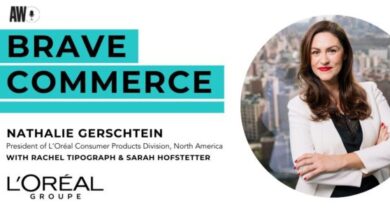
“Out of that shoot, we got 100-plus pieces of creative that were natively built for the platforms. And it allowed the brand to not only market their limited-time offers (LTO) but it let them drive engagement and show that they’re on top of these trends that are happening on TikTok,” explained McNamara.
With zero paid media behind the campaign, “MILF and Cookies” organically received 267.7 million impressions across social platforms. Meanwhile, the cookies sold out nationwide in less than four weeks, setting a record for January sales.
The use of programmatic to embed personalized content into content is also emerging with virtual product placement now offered by streaming services and emerging tech companies. Add on A.I. and data to automate those positions in a similar vein as digital ads, and the potential for driving a more personalized viewing experience is clear.
However, according to YouGov’s Dominic Prince who developed its Quality Placement Score to measure the effectiveness of such integrations, AI still struggles with context and how brands feature within a narrative.
“Once you have the ability to programmatically advertise to consumers, you can break those billion eyeballs down into fractions of however many you want, and set them up separately. And so it allows a lot more brands to enter the space,” added Prince.
Measurement and Attribution
One issue in the product placement space that has been apparent over the years is attribution. Previously, research was conducted using custom costly surveys asking viewers what they noticed. That cumbersome approach is now being overcome through technological means.
Research firm YouGov devised the Placement Quality Score (PQS) that examined how much a branded piece of content was viewed alongside the value of that media over the length of time the brand appeared or was mentioned on screen.
Prince, who devised the PQS, explained that he still goes through each integration personally, citing the use of JIFF peanut butter within Stranger Things as one example reviewed in 2022, valuing the delivery at over $27 million.
Meanwhile, with supporting social media activity around a brand deal, it is also possible to attribute sales uplift during the period in which it is released, tied directly to when the product placement itself takes place, explained VaynerX’s Kaylen McNamara. She added it can also validate creative concepts, using them in a meta environment to test and tweak depending on the sales response before investing more in further media.





